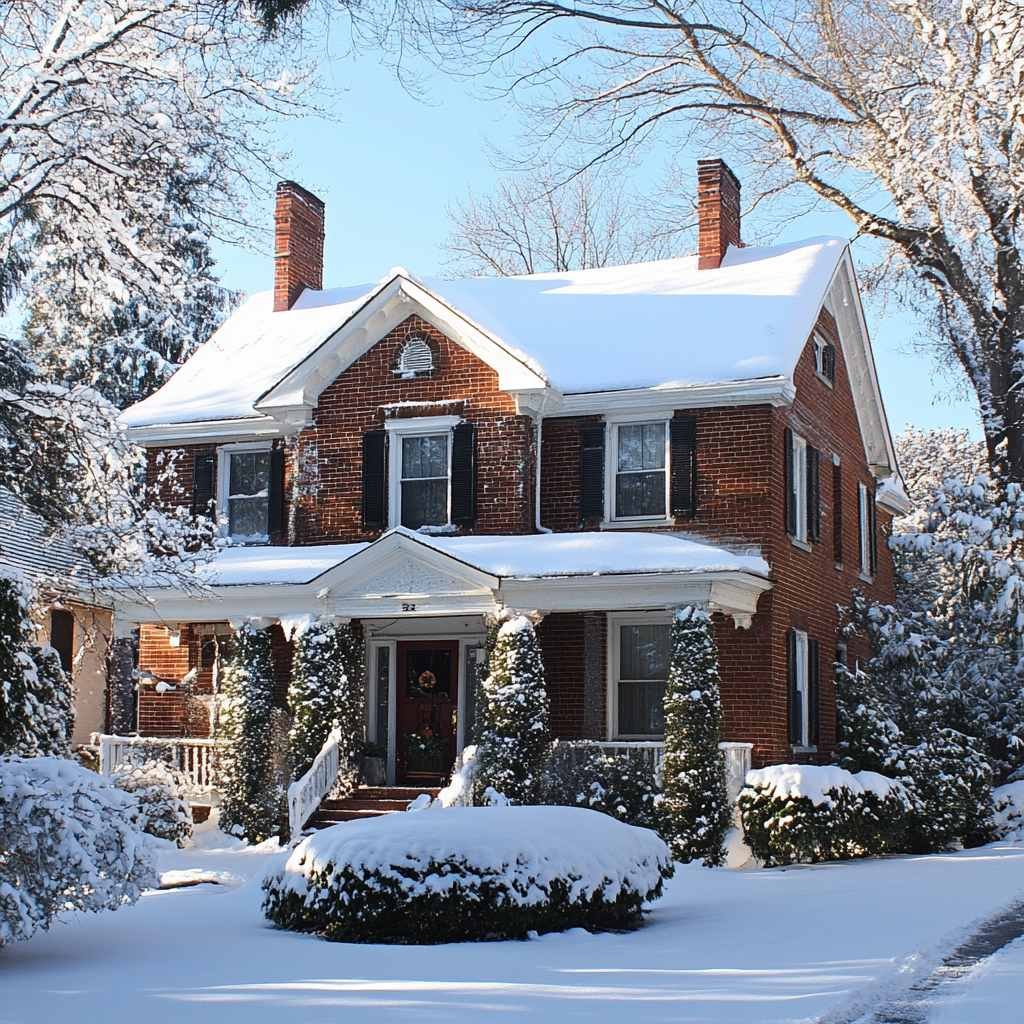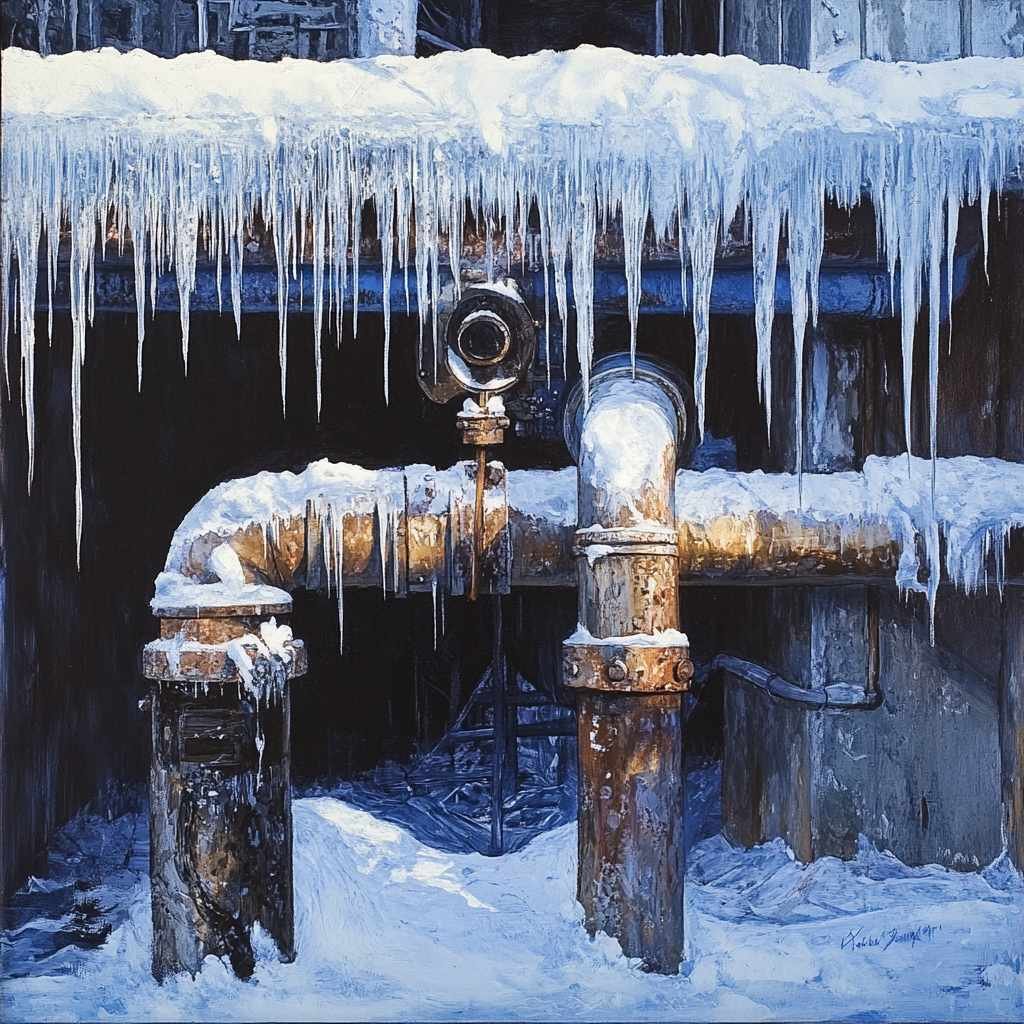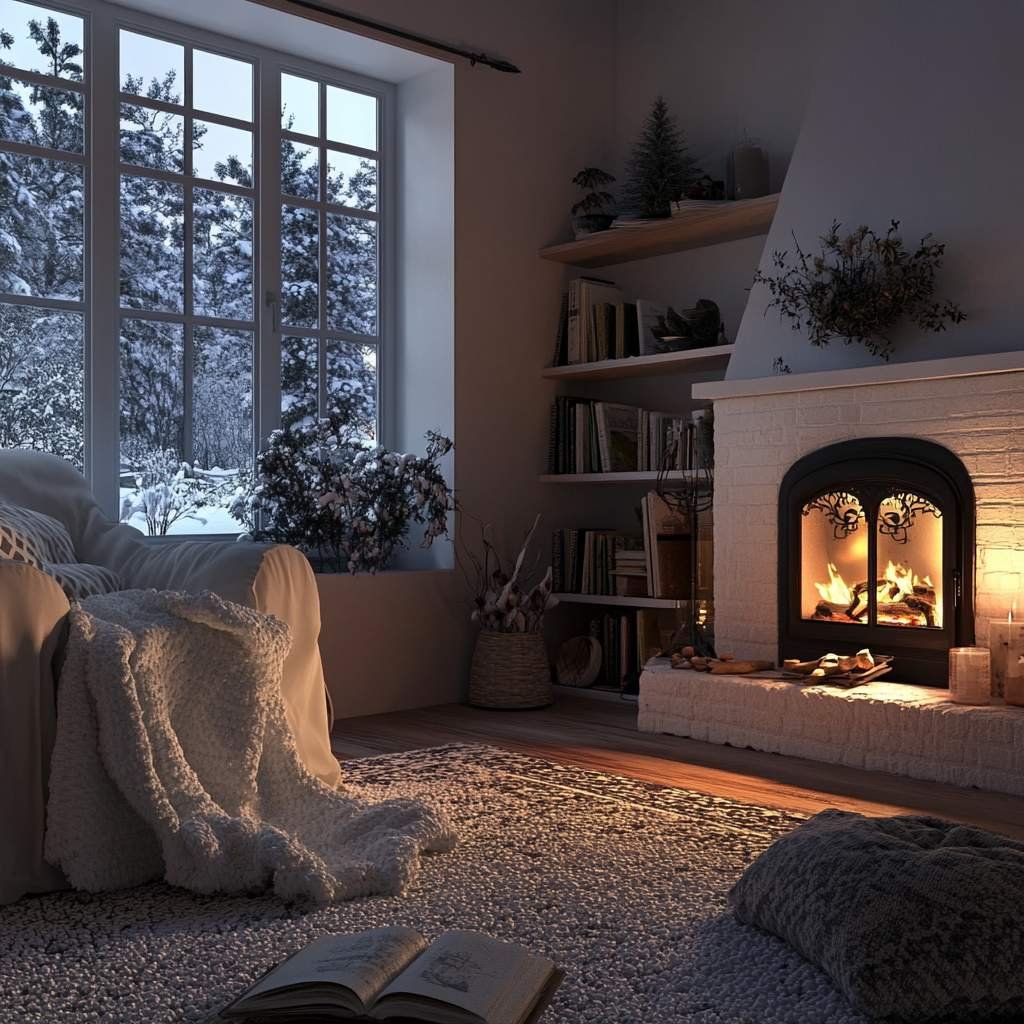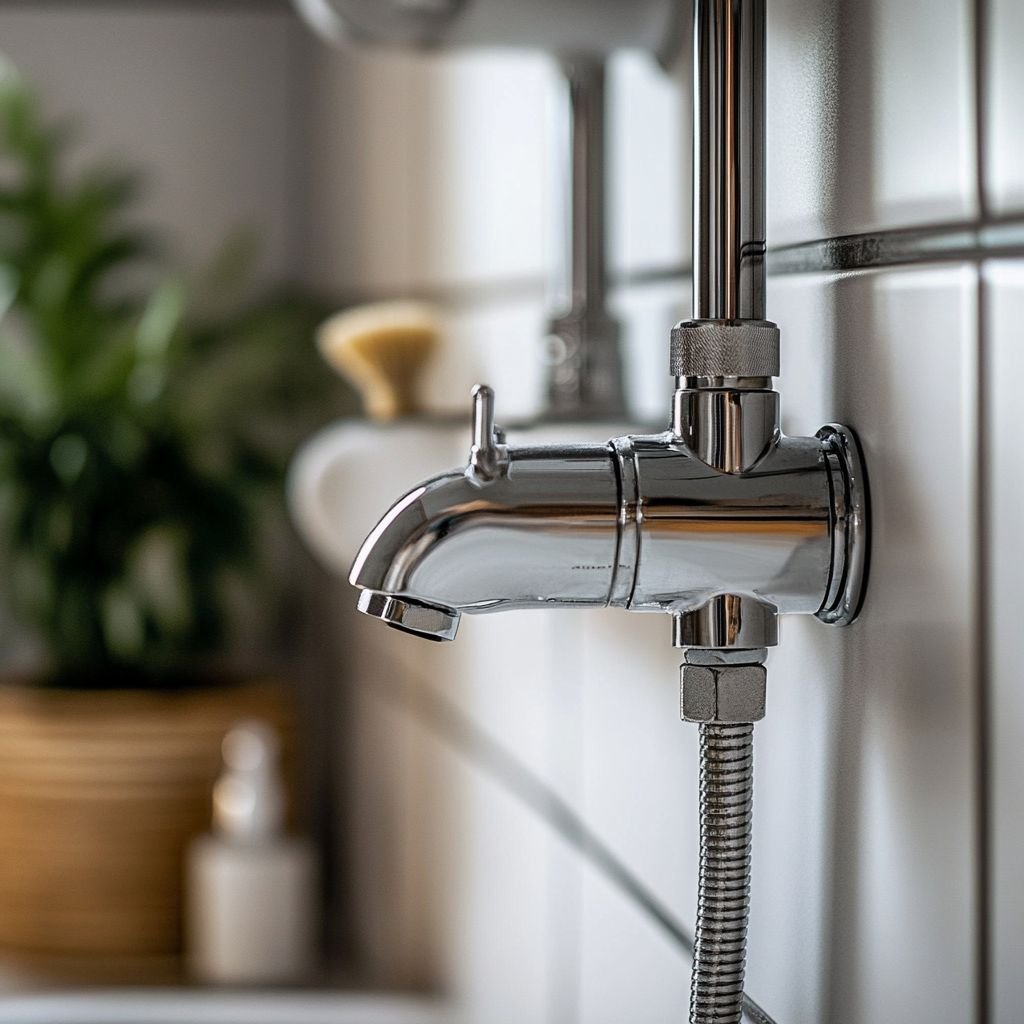Washington’s winters are as beautiful as they are brutal. While snow-covered landscapes and frosty mornings are part of the charm, the dropping temperatures can wreak havoc on your home’s plumbing. Frozen pipes are a common yet avoidable issue that can lead to costly repairs and extensive water damage.
Thankfully, with the right precautions and guidance from Elite Plumbing, based in Washington, you can protect your home from the icy grip of winter. Here is all you need to know about preventing your pipes freezing during the winter in your Washington State property.
Understand the Risks of Frozen Pipes in Washington

When the temperature dips below freezing, the water in your pipes can freeze. This creates two significant problems:
- Blocked Water Flow: Frozen water obstructs the pipe, preventing water from reaching your faucets or fixtures.
- Pressure Build-Up: As water freezes, it expands, creating pressure inside the pipe. This can lead to cracks or bursts, causing water to flood your home once the ice thaws.
In Washington, where winter temperatures often fluctuate between freezing and thawing between 32°F- 45°F, the risk of frozen pipes is increases. Protecting your plumbing from being frozen should be a top priority for every homeowner.
Early Warning Signs of Frozen Pipes
You want to tackle all of these issues ahead of time so your pipes do not freeze at your home. Here are 4 ways to spot early signs that you will have plumbing problems in the future.
Odor Problems
A sewage smell from drains or faucets can indicate frozen pipes, as odors may be trapped and forced back into your home.
Unusual Sounds
- Gurgling or bubbling when using fixtures
- Banging or clanking in the walls
- Whistling sounds when water is running
- Moaning from your water heater
Reduced Water Flow
One of the first signs you may notice is limited or no water coming from your faucets. If multiple fixtures are affected, this could indicate widespread pipe freezing.
Visible Water Damage
Look for frost, condensation, or bulging on exposed pipes, especially in unheated areas like basements and crawl spaces. Small surface cracks may also be visible due to ice expansion within the pipe.
- Damp or peeling drywall
- Water stains on ceilings
- Bubbling paint or wallpaper
- Unexplained puddles or moisture
- Musty odors in rooms
What If Your Pipes Freeze?

Sometimes, despite your best efforts, pipes freeze. Here’s what to do if you find yourself in this situation:
- Turn Off the Water Supply: Locate your home’s main water shutoff valve and turn it off to prevent further damage in case of a burst.
- Thaw Pipes Slowly: Use a hairdryer, heating pad, or warm towels to gently thaw the frozen section. Never use an open flame, as this can damage the pipe or create a fire hazard.
- Call a Professional Plumber: If you can’t access the frozen area, the pipe is damaged, or you’re unsure how to proceed, it’s best to call in the experts.
Methods to Prevent Frozen Pipes
Here are 7 methods you can apply to prevent frozen pipes in your property in WA in the winter.
Insulate Your Pipes
Pipes located in unheated areas, such as basements, attics, or garages, are most vulnerable to freezing. Foam pipe insulation is a cost-effective way to protect these pipes. For areas that experience extreme cold, consider using heat tape or heat cables, which can keep pipes warm even during sub-zero temperatures.
Keep Your Home Warm

A warm home is your first defense against frozen pipes. Set your thermostat settings to at least 55°F, even if you’re leaving town for a few days. This makes sure your pipes remain above freezing temperatures, especially those in exterior walls or near drafty windows.
Open Cabinet Doors
Pipes under sinks, particularly those along exterior walls, benefit from the warm air circulating through your home. During especially cold weather, open cabinet doors to allow heat to reach these vulnerable areas.
Let Faucets Drip
A slow, steady drip from your faucets can prevent ice from forming in your pipes. Flowing water is less likely to freeze, and the movement also helps relieve pressure buildup, reducing the risk of a pipe bursting.
Seal Air Leaks
Drafts are one of the biggest culprits when it comes to frozen pipes. Inspect your home for air leaks around windows, doors, and areas where pipes enter your home. Use caulk or weather stripping to seal gaps and keep the cold air out.
Disconnect and Drain Outdoor Hoses
Outdoor hoses left connected during winter can trap water, which then freezes and causes pressure to build in your pipes. Disconnect all hoses and shut off the water supply to exterior spigots. Drain the spigots completely to avoid freezing and cracking.
Upgrade to Frost-Proof Faucets
For long-term prevention, consider installing frost-proof outdoor faucets. These are designed to extend the valve deeper into your home, away from the cold air, minimizing the risk of freezing.
Why Choose Elite Plumbing for Emergency Plumbing Needs in The Winter?

At Elite Plumbing, we specialize in helping Washington homeowners prepare their plumbing systems for winter including winterization for plumbing. From expert inspections to emergency frozen pipe services, our experienced team is here to protect your home. We understand the unique challenges that Washington winters bring and are dedicated to providing tailored solutions for every customer.
Don’t Wait—Act Now!
Preventing frozen pipes is easier and more affordable than repairing the damage they cause. Take the time now to winterize your home and safeguard your plumbing system. For professional advice or assistance, contact Elite Plumbing today.
With these proactive steps and the help of Elite Plumbing, you can enjoy the beauty of Washington’s winter months without worrying about frozen pipes disrupting your peace of mind.
